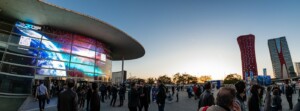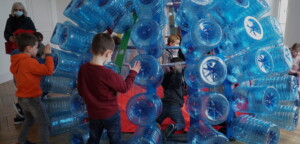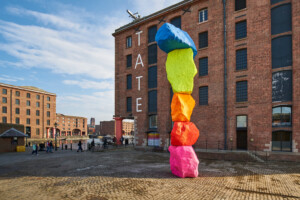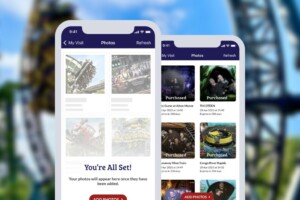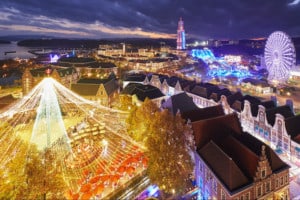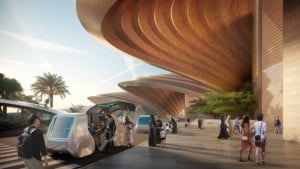 by Sam Gennawey
by Sam GennaweyThis intellectual curiosity lead to a book about Walt Disney’s interest in placemaking entitled Walt and the Promise of Progress City*. As you will see, my focus is usually about the history and design of the North American Disney theme parks but I will stray now and again to check out other venues.
Because I spend a lot of time working on planning issues outside of the theme park gates and spend a lot of time writing about what goes on inside of those gates, I am frequently asked if there is a difference in the spatial design process between theme parks and the world outside the front gate. As you know better then anybody, there certainly is.
Evangelist Billy Graham once told Walt that Disneyland was “a nice fantasy.” This did not sit well with Walt. He replied, “You know the fantasy isn’t here. This is very real… the Park is reality. The people are natural here; they’re having a good time; they’re communicating. This is what people really are. The fantasy is – out there, outside the gates of Disneyland, where people have hatreds and people have prejudices. It’s not really real!”

When somebody suggested the only reason people go to
Disneyland was escapism, Disney Legend John Hench took offense and disagreed. He said, “There was never a Main Street like this. But it reminds you of some things about yourself.” He added, “What we are selling is not escapism, but reassurance.” A visit to Disneyland reassures us that things will be okay. Here, everything works, places can be clean, people can be nice, and the pace of the world feels right. Imagineers Marty Sklar and John Hench have described the urban design for Disneyland as the “architecture of reassurance.”
Hench said that Disneyland, “Tried to present an undiluted rosy view of the world; contradiction or confusion were qualities the planners of Disneyland associated with the defective, poorly planned, conventional amusement park.” He added that “Disneyland offered an enriched version of the real world, but not an escapist or an unreal version. We program out all the negative, unwanted elements and program in the positive elements. We’ve taken and purified the statement so it says what it was intended to.”
Make no mistake. The spaces within the park are not representative of reality but become a hyper reality – stylized and tightly edited versions of the real thing. The buildings are shrunk and edited to meet the needs of the story that binds everything together.
“Walt wanted all the details to be correct, ” Hench said. “What it amounted to was a kind of visual literacy.” He suggested that each space is like a “bead or charm in a necklace. The same thing was applied as you walk around the park. Continuity was the same. Whether you’re slow or fast, what you look at it the same.”
Theme parks and the real world operate under different urban design organizing principles. Next time I will dive deeper into those differences.
*Sam’s book, Walt and the Promise of Progress City cab be purchased here.
Image Copyright 2001, THE WALT DISNEY COMPANY



